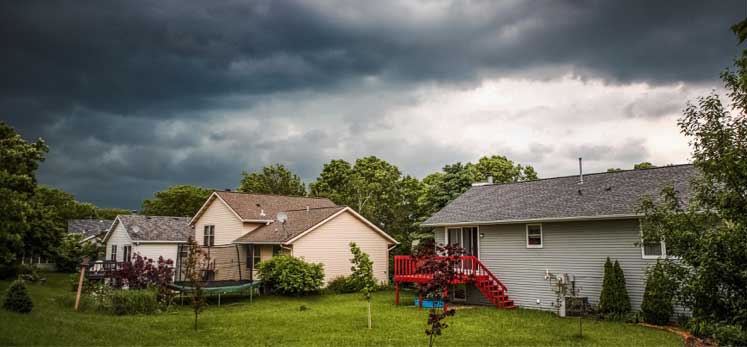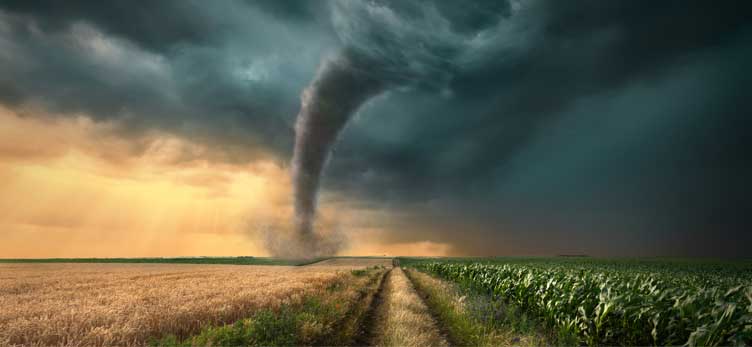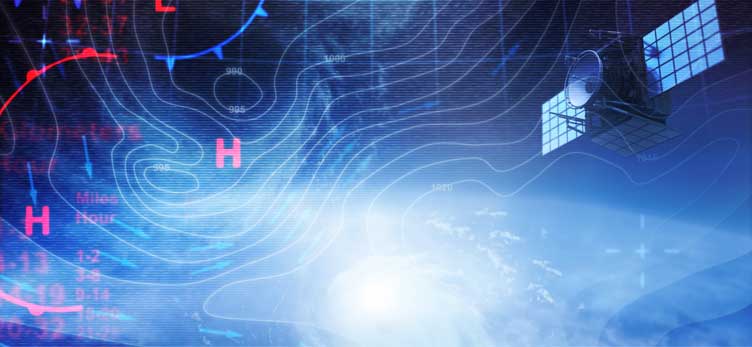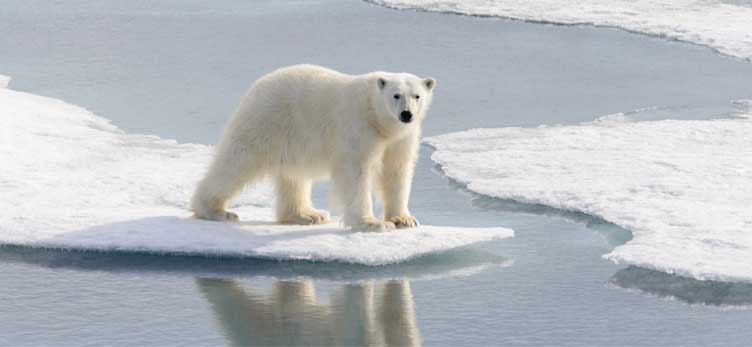- Home
- News
-
Weather Articles
-
Horoscope
- Sweepstakes
- Deal of The Day
12 diseases that could worsen with climate change

A spike in deadly diseases could be climate change’s most immediate effect.
Global warming might cause the planet to be overrun with illness and affect people and animals without discrimination. Climate change is throwing entire ecosystems off balance, and experts say several diseases, especially those that can jump from animals to people may only worsen in times to come.
Experts at The Wildlife Conservation Society (WCS) have identified a deadly dozen - 12 illnesses that could have devastating effects on the population and the environment.
Tuberculosis (TB)
As droughts cause livestock and wildlife to come together more and more at watering holes, both the human and livestock varieties of TB could see a considerable spike.
Yellow fever
Yellow fever was initially passed on from monkeys to mosquitoes. The disease causes fever and jaundice like symptoms across humans and animals. It could spread and kill voraciously as the climate changes.
Babesiosis
Tick-borne and malaria-like, Babesiosis was earlier only endemic in the tropics. Today, higher temperatures are causing it to spread to higher latitudes and from the United States to Europe. The shorter winters are causing ticks to come out of hibernation earlier. While it is seldom deadly and treatable with antibiotics, it can create enough health problems to tax an already reeling healthcare system.
Lyme disease
Scientists and researchers all agree that this tick-borne disease is definitely on the move. Temperatures are rising more quickly across Northern USA - close to 2 degrees from 1895-2011. A bacterium-caused illness whose symptoms can include fever, headache and fatigue, Lyme disease can travel to the joints, heart and nervous system endangering the lives of thousands of people across America.
Plague
Places like Los Angeles, New York and Houston especially are seeing a massive swell in the number of rodents. Longer, hotter weather and weird rainfall patterns are stretching the rat and rodent breeding season and increase the chances of bringing back the bubonic plague.
Red Tides
Climate change messes with the ? and frequency and pattern of the tides. This causes warmer seawater or changes in littoral sea life. Harmful algal bloom, often a deep red or brown, has been observed along the marine coastline. These microscopic forms of algae produce toxins that cause humans to get sick and kill marine life.
Cholera
Cholera thrives in warmer waters. Extreme weather events such as flooding and tropical cyclones can spread this waterborne disease over miles. Humans contracting it develop severe diarrhoea that can lead to death within the week.
Bird flu
H5N1 infections are on the rise. Farmed poultry worldwide are showing high levels of contamination, forcing many to cull entire populations and result in hundreds of deaths and close to $100 billion in economic losses.
Ebola
According to a study published in the journal Nature Communications, there will be a 1.75 to 3.2-fold increase in the rate at which this lethal virus spreads. The disease, which causes fever, vomiting, and internal/external bleeding, is estimated to go from animals to humans with dire consequences by 2070.
Rift Valley fever
Heavy rains, floods and other wet conditions contribute to outbreaks of Rift Valley Fever. The disease which is carried by mosquitoes, causes fever and weakness across human and animal populations.
Sleeping sickness
Spread by the Tsetse fly and often brought on by large scale animal migration due to drought, this disease causes zombie-like behaviour - lethargy and severe swelling of the lymph nodes- in people. The Ivory Coast is working hard to eradicate Sleeping Sickness.








